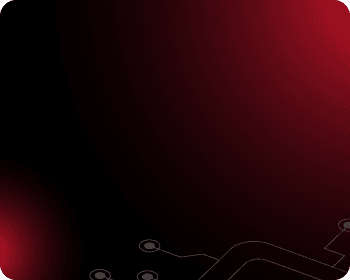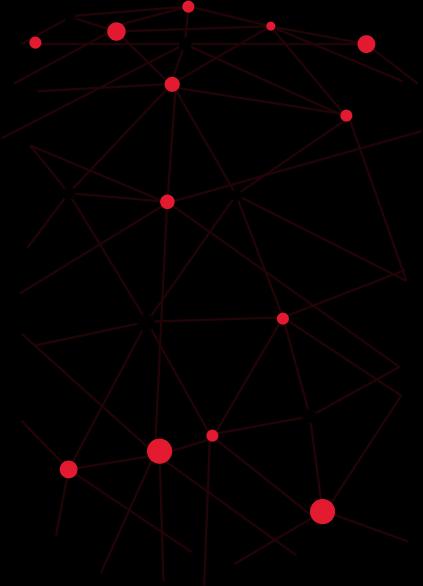
What is Application Software? Everything You Need to Know
Application software is not just a tool that supports users in performing specific tasks; it also plays a vital role in connecting people with technology effectively. From creating office documents and organizing personal information to managing businesses, application software has become an indispensable part of modern life. So, what exactly is application software? How does it differ from other types of software? This article by Tokyo Tech Lab will give you a comprehensive understanding of what application software is, including its definition, functions, and common types, to help you better understand this type of technology. Let’s dive in!
I. What is Application Software?
Application Software is a type of computer program designed to perform one or more specific functions to directly meet the needs and desires of end users. Unlike system software, which acts as a platform to manage devices and resources, application software focuses on solving specific tasks in personal life or work, such as word processing, image editing, financial management, or online communication.

Application software can operate on various smart devices such as desktops, laptops, mobile phones, and tablets. It is developed on the foundation of system software, which provides the operational environment and management framework.
Application software is not merely a support tool but also a critical solution in the digital age, helping users harness the full potential of technology to serve their lives and work efficiently.
II. The Diverse Functions of Application Software
Application software is designed with the primary goal of serving the specific needs of end users, from individuals to businesses. With its diversity and flexibility, application software offers numerous outstanding features, helping optimize work efficiency, automate processes, and enhance user experience. Below are the main functions of application software:
1. Information and Data Management
- Managing emails, messages, audio, and video: Send, receive, store, and organize messages, audio, or video files conveniently.
- Managing documents and data information: Efficiently store, search, and access information, supporting scientific and user-friendly data organization.
2. Business Administration
- Customer Relationship Management (CRM): Integrates tools to track and manage customer information, improve interactions, and boost sales effectiveness.
- Enterprise Resource Planning (ERP): Assists in managing resources from finance and HR to production and inventory, ensuring smooth business operations.
- Project Management: Tracks progress, resources, and task allocation to achieve project goals effectively.
- Process Management: Establishes, optimizes, and monitors workflows within an organization, ensuring high performance and consistency.
3. Finance and Human Resource Support
- Accounting and Financial Management: Handles accounting tasks, manages cash flow, financial reporting, and cost optimization.
- Human Resource Management: Supports managing employee information, payroll, attendance, and work schedules.
4. Content Creation and Presentation
- Image and Video Development: Provides tools for designing, editing, and professionally presenting images and videos.
- Presentation and Demonstration: Helps create visually appealing and engaging presentations.
5. Education and Training
- Educational Software and E-learning: Supports teaching and learning through online platforms, enabling content management and facilitating anytime, anywhere learning.
6. Healthcare Support
- Healthcare Applications: Manage medical information, monitor health indicators, and provide personalized health care advice.
7. Development and Programming
- Website Development: Provides tools and platforms for designing and managing websites.
- Programming Applications: Assists developers in writing code, testing, and deploying software.
III. Common Types of Application Software Today
Application software is categorized based on its purpose and field of application. Below are the most common types of application software, each tailored to meet specific user needs in personal life and work.
1. Personal Application Software
This type of software serves individual needs, from learning and entertainment to daily communication.
- Word Processing and Document Editing Software: Microsoft Word, Google Docs.
- Personal Management Applications: Google Calendar, Notion.
- Image and Video Editing Software: Adobe Photoshop, Canva, iMovie.
- Entertainment Applications: Spotify, Netflix, YouTube.
- Learning Software: Duolingo, Quizlet, Coursera.
Personal application software helps users handle daily tasks quickly and efficiently while enhancing their quality of life.

2. Business Application Software
This type of software supports businesses in managing, operating, and optimizing workflows.
- Customer Relationship Management (CRM): Salesforce, HubSpot.
- Enterprise Resource Planning (ERP): SAP, Oracle NetSuite.
- Human Resource Management Software: BambooHR, Workday, TEAMHUB HRM.
- Accounting and Financial Software: QuickBooks, Xero.
- Project Management Software: Trello, Asana, Jira.
These tools help businesses save time, increase productivity, and improve decision-making.
3. Mobile Application Software
Mobile application software refers to programs designed for smartphones and tablets.
- Social Media Apps: Facebook, Instagram, TikTok.
- Transportation and Navigation Apps: Google Maps, Grab, Uber.
- E-commerce Apps: Shopee, Lazada, Amazon.
- Personal Finance Apps: Momo, ViettelPay, PayPal.
- Health Apps: MyFitnessPal, Headspace.
These applications focus on providing convenient and flexible solutions to meet users’ needs anytime, anywhere.

4. Web-Based Application Software
Web applications run directly on web browsers without requiring installation on devices.
- Online Work Tools: Google Workspace, Microsoft 365.
- E-commerce Platforms: Shopify, Magento.
- Online Design and Editing Software: Canva, Figma.
- Online Learning Tools: Zoom, Microsoft Teams, Khan Academy.
Web-based software allows users to access tools from any internet-connected device while reducing storage burdens on personal devices.
5. Gaming Software
Gaming software is designed to entertain users through computer or mobile games.
- Strategy Games: Age of Empires, Civilization.
- Sports Games: FIFA, PES.
- Action Games: Call of Duty, PUBG.
- Mobile Games: Candy Crush, Clash of Clans.
Gaming software not only provides entertainment but also helps develop thinking skills and reflexes.

6. Specialized Software
Specialized software is designed for specific fields, meeting the demands of different industries.
- Graphic Design Software: AutoCAD, Adobe Illustrator.
- Medical Software: Hospital Information Systems (HIS), Medisoft.
- Engineering Software: MATLAB, SolidWorks.
- Educational Software: Moodle, Blackboard.
These tools offer optimized solutions for specific industries, helping professionals work more effectively.
7. Open-Source Applications
Open-source software allows users to freely use, modify, and distribute the source code.
- Office Software: LibreOffice.
- Database Management Systems: MySQL, PostgreSQL.
- Content Management Systems (CMS): WordPress, Joomla.
Open-source software is popular for its flexibility, low cost, and high customizability.
IV. Conclusion
Application software plays a crucial role in enhancing work efficiency, improving personal experiences, and driving business development in the digital age. With its diverse functions and types, application software not only automates processes, manages data efficiently, and facilitates communication but also supports collaboration and personalizes user experiences.
Understanding the various types of application software and selecting the right tools for your needs will provide long-term benefits, optimizing resources and effectively solving challenges. Whether you are an individual looking for solutions to support daily life or a business seeking tools to scale operations, application software is an indispensable choice. Stay tuned to Tokyo Tech Lab for more valuable insights into digital technology and modern innovation trends!
SHARE THIS ARTICLE
Author
Huyen TrangSEO & Marketing at Tokyo Tech Lab
Hello! I'm Huyen Trang, a marketing expert in the IT field with over 5 years of experience. Through my professional knowledge and hands-on experience, I always strive to provide our readers with valuable information about the IT industry.
More Posts
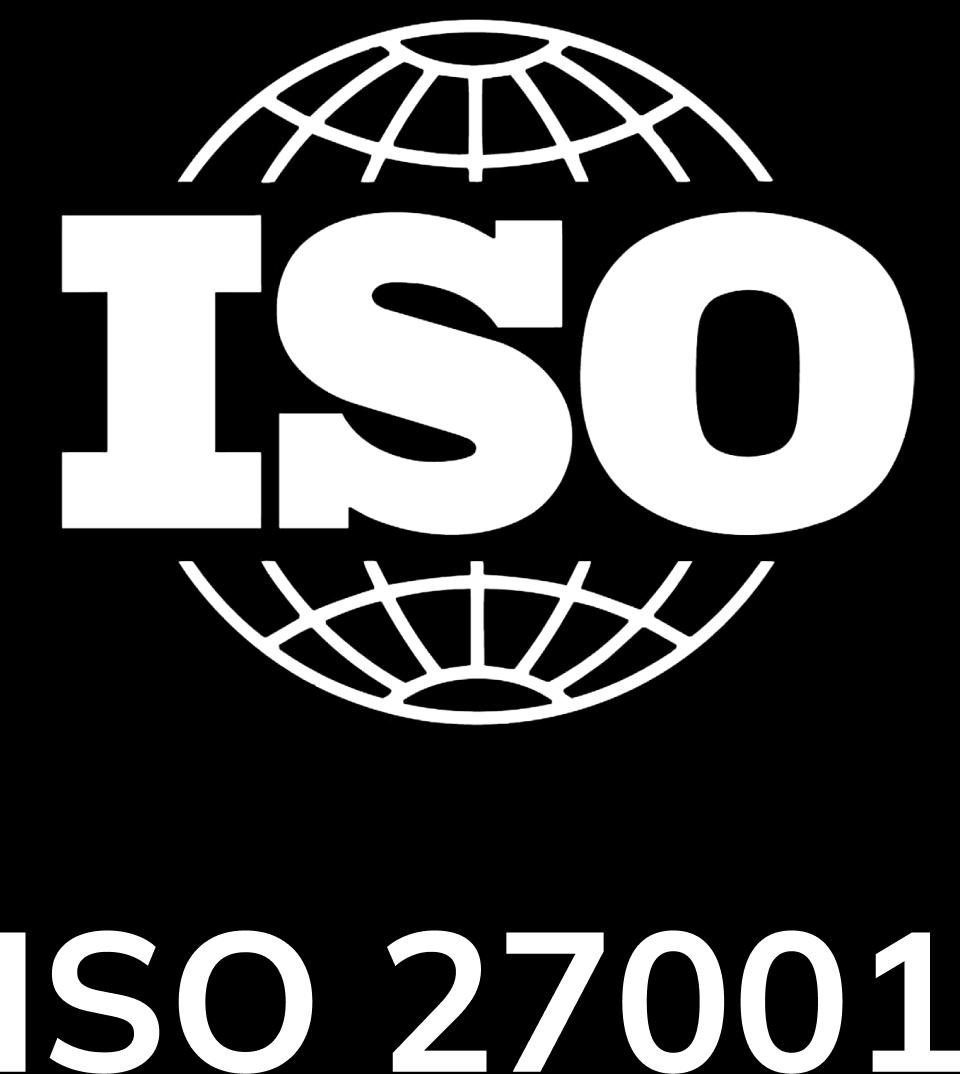
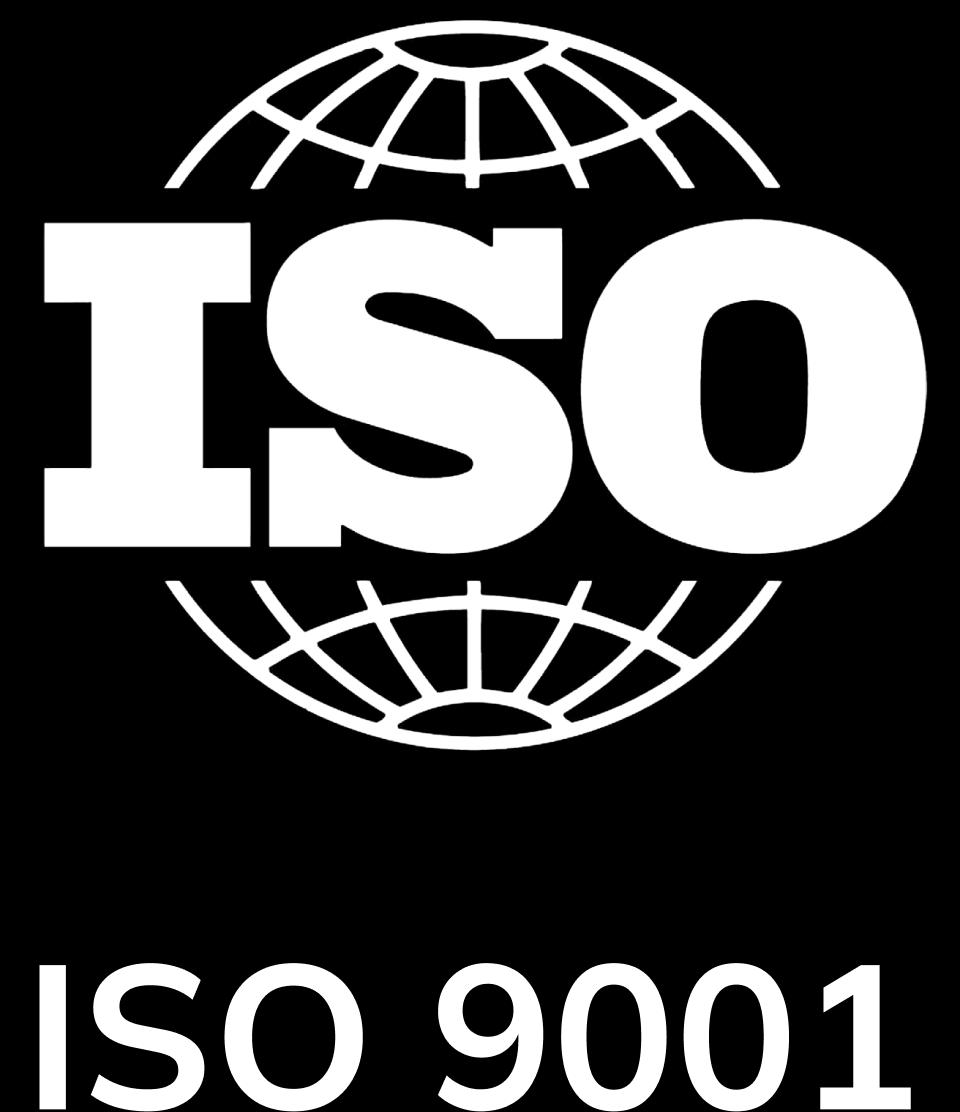
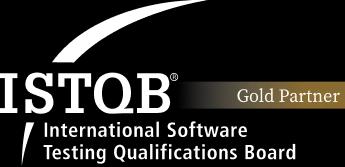
About Tokyo Tech Lab
Services and Solutions
Contact us
© 2023 Tokyo Tech Lab. All Rights Reserved.
